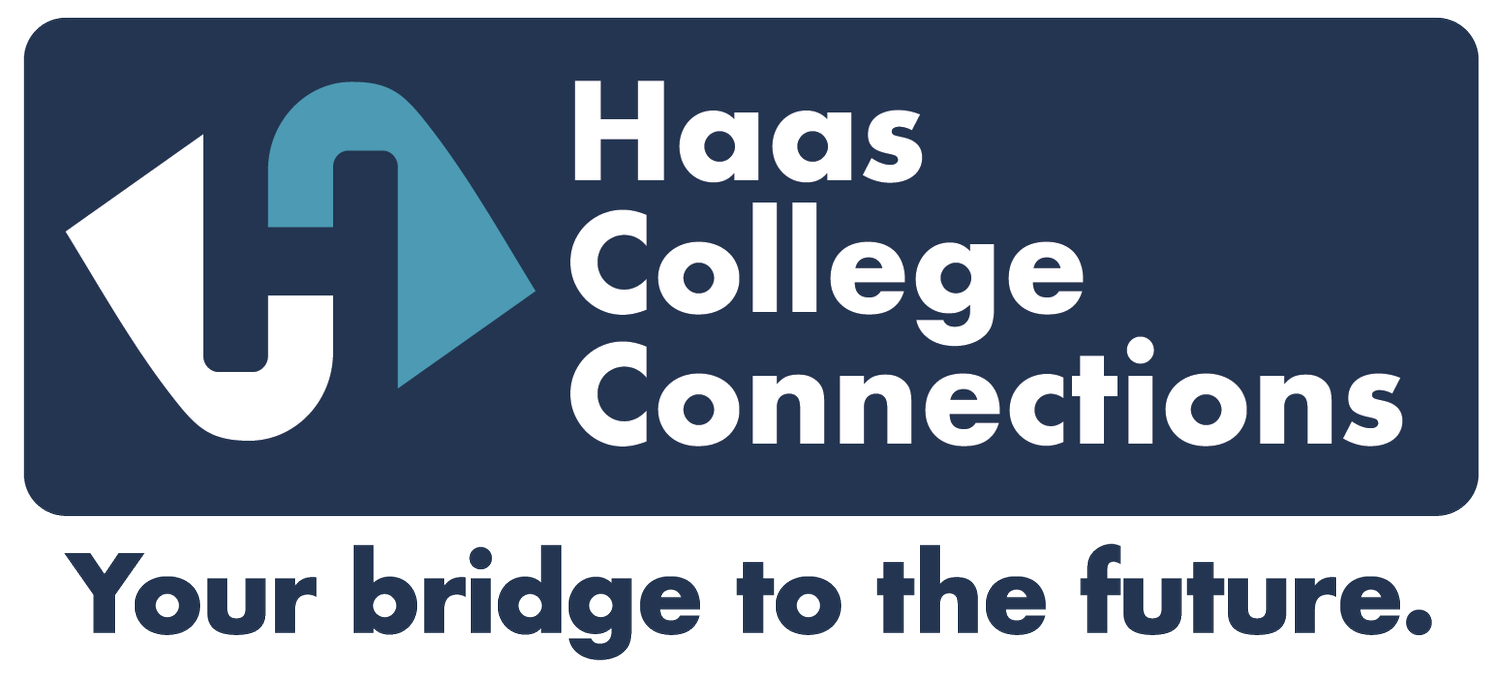University of California Admissions Advice
It’s that time of year again. Many of you are undoubtedly working on your University of California (UC) application. In this month’s column I will provide you with updates, debunk some myths, and offer some helpful tips. Both the applications at the freshmen and transfer levels have both decreased from the previous year. Perhaps this is due to the number of first time freshman applicants returning to a normal level following the increase that resulted from the UC decision to eliminate the reporting of SAT and ACT scores. In 1996 California passed Prop 209, which banned the use of race, ethnicity, or sex from consideration of university admission. Now, more than ever, the UCs are highly committed to developing and improving their recruitment and enrollment practices that target students who have been historically underrepresented in the past.
In 2023, UCLA admitted 12,781 of its 145,909 applicants which is a 9% admit rate. At Berkeley, 14,772 of its 125,922 applicants were admitted, which is a 11.7% admit rate. UC Irvine with 25.7% admit rate, admitted 31,181 of its 121,095 applications. UC Davis, with a 41.9% admit rate, admitted 39,606 of its 94,624 applicants. Of those admitted to Davis in 2023, 39% were first generation students, meaning they are the first in their family to attend college, and 34% of those admitted were from underrepresented backgrounds. Clearly, the competition is fierce at many, if not all, of the UCs. That said, here are some tips to help you or your student successfully navigate the UC application.
Access to the application began on August 1, 2023 in order to enroll in fall of 2024. The filing period now opens October 1 and closes at midnight on November 30, 2023. If you are wondering whether or not it helps to file that application closer to October 1, it makes no difference whatsoever. However, I do not advise waiting until November 29 or 30. The UC releases decisions between March 1 and March 30, 2023. Students are required to submit a “Statement of Intent” to register by May 1, 2023.
This application takes a great deal of time to complete and should be proofread very carefully. I strongly suggest that you have your transcript next to you when filling out your academic record. It also helps to have household information such as your social security number, DACA or ITIN if applicable, as well as household size and income. Your household information determines whether or not you are eligible for a fee waiver for up to 4 campuses. The “Statement of Legal Residence” is for tuition purposes so be sure to answer “YES” unless you want to pay the out-of-state price! It is also important to use a personal email when creating your account. Your application is read by every UC that you check off on your application in order to indicate which schools you would like to attend. At $80.00 a pop it’s not cheap, so choose wisely.
Your “Contact Information” is now referred to as your “lived name” which can be different from your legal name. For example, Mickey versus Michaela. In the Activities and Awards section you have an opportunity to list up to 20 items. If you don’t think you have many activities, think again! Perhaps you provide childcare for your siblings, help out your elderly neighbor, or take a Duolingo course in your spare time. This is also where you will list all of your Non-academic coursework. The Additional Comment Sections have a 550 word limit but should not be used as an opportunity to write a fifth Personal Insight Question (PIQ). Instead, use these sections to explain unusual circumstances or clarify extracurricular performance. Do not include external links in the Activities and Awards or Additional Comments sections as they will not be read. The most time consuming portion of the application are the PIQs, of which, you will respond to 4 out of 8 questions. No one question is weighted more than another. Choose questions that will give the most information about you. Each response has a 350 word limit. Try not to leave too many words on the table. In other words, provide lots of details.
While all UC campuses use the same factors to evaluate applications, they often apply these factors differently. Your PIQ responses should provide information and add value to what is known as a “Comprehensive Review”. In order not to “miss an opportunity”, which is how UC Admissions Officers refer to essays that do not make the cut, make sure to focus on yourself in your response and not your best friend. Another pitfall to avoid is choosing a theme for your 4 responses. Do not do that! Just answer the questions to the best of your ability by focusing on the impact something has had on you or the impact you have had on others.
And, finally, by all means, have integrity. Inaccurate, falsified or plagiarized information may result in the cancellation of your application. The UCs use anti-plagiarism software and have run all of their questions through Chat GBT. Be sure to print a copy of your application and save your application ID number. After you submit you will be able to log back in to view your application status and update certain portions of your application. Take your time, proofread, and good luck!
Robin Haas is an Independent Educational Consultant and the Founder of Haas College Connections. She is a member of the Independent Educational Consultants Association (IECA), the Higher Education Consultants Association (HECA), the Western Association of College Admissions Counselors (WACAC) and earned a Certificate in College Counseling, with Distinction, from UCLA.
